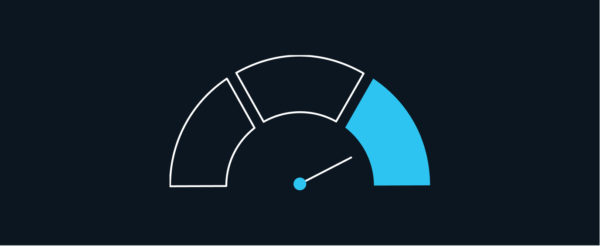Apr 6, 2022
Making a Plan for Repaying Federal Student Loans
The zero-interest grace period is scheduled to end soon. Here’s how to get ready when payments resume.

Millions of student borrowers who have had a long break from monthly loan payments are getting another extension of their payment freeze. The Biden Administration announced on April 5, 2022 that a moratorium on student loan repayments that began in March 2020 will be extended to August 31, 2022.
The original loan payment freeze was part of the $2.3 trillion Coronavirus Aid, Relief, and Economic Security (CARES) Act, which among other things, originally suspended most federal student loan payments through September 30, 2020. That postponement period was then extended six more times.
Here’s a quick update on where things stand.
What happened to loans during the forbearance period?
As of December 2021, about 43 million Americans had federal student loan debt totaling over $1.6 trillion.
During the federal loan grace period, qualifying student loan borrowers have been able to skip making monthly payments, and their loans have not accrued interest. If you have federal student loans, you may be included in the zero-interest period. Good to know: Some federal loans, such as those that are part of the Federal Family Education Loan Program, a program that ended in 2010, are actually held by private banks, and are therefore not included.
What happens on August 31, 2022?
Although the Biden Administration could once more extend the student loan pause beyond the end of August, 2022, it has not yet committed to doing so.
However, a group of Senators, led by Senate Majority Leader Chuck Schumer (D-NY), Elizabeth Warren (D-MA), and Representative Ayanna Pressley (D-Mass) have long urged the president to cancel up to $50,000 in debt per student.
In 2021, the decision to continue the student loan zero-interest period got a boost from an unexpected change at the federal level. The Pennsylvania Higher Education Assistance Authority (PHEAA), which operates one of the largest loan servicers for the U.S. Department of Education, terminated its contract with the government in December 2021. That decision required the movement of 8.5 million accounts to other loan servicers, which gave the federal government an additional reason to keep repayments on pause.
Making a repayment plan
For now, borrowers should plan on making payments again in the fall. If you have managed to save money during the pandemic, consider paying off a portion of your loans before the zero-interest period ends. When you make payments on your debt during the zero-interest grace period, you’ll be paying down principal directly. Typically payments include interest. Making payments now could help you get paid off more quickly. If you have multiple student loans, you may also want to take advantage of the zero-interest period by paying off the loans that have the highest interest rate.
Either way, consider revisiting your budget. Maybe you’ve been putting the money that you would be spending on your student debt into savings, or maybe you’ve been spending it. Now’s the time to make sure your budget has room for your monthly student loan payments.
If you don’t think you’ll be able to make your payments due to unemployment or some other life circumstance, you should still consider making a plan to pay off your student debt. The Department of Education recommends reaching out to your loan servicer quickly to see if you can change your repayment plan, potentially lowering your monthly payments. You might also look into forbearance, consolidation, or deferment.
Check out the U.S. Department of Education and the Consumer Financial Protection Bureau, a federal agency devoted to consumer financial help, for up-to-date information about student loans during the pandemic.
Related Articles

Credit Cards vs. Debit Cards: The Differences Can Add Up

How To Pay Off Your Student Loans Faster

How To Pay Off Credit Card Debt

What Is the Debt Snowball Method?

Planning Your Finances as a Member of the Military

How to Build Credit: Why You Need It and How to Get It





